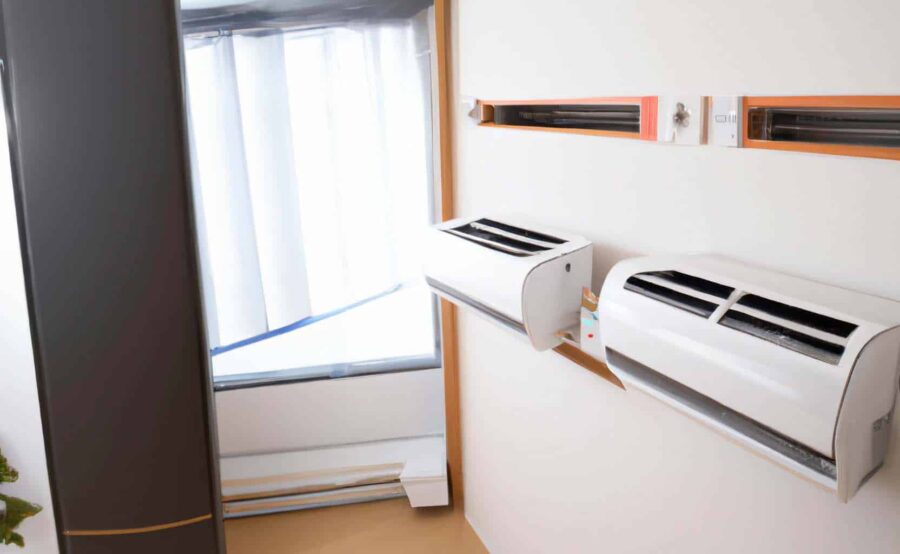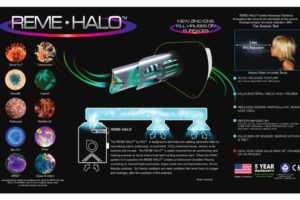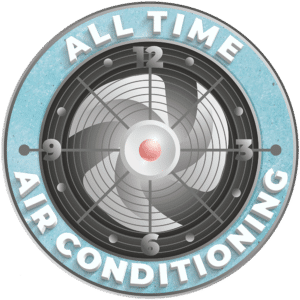Regarding climate control in your home, you have a few different options to choose from. One option is a mini-split system, which is also sometimes called a ductless system. This type of system has both advantages and disadvantages that you should be aware of before deciding whether it’s the right choice for your home.
A mini-split system’s biggest advantage is that it is very energy efficient. They don’t waste any energy by heating or cooling unused areas of your home and can be precisely controlled so that you’re not wasting any energy.
Another advantage of mini-split systems is that they are very easy to install. You don’t need to have any ductwork installed, which can be a big plus if you’re trying to avoid a major renovation project. They also don’t make any noise, which can be important if you have young children who need to sleep during the day or if you just want to avoid having a noisy appliance in your home.
However, there are also some disadvantages that come along with mini-split systems. One of the biggest disadvantages is that they can be more expensive than other types of climate control systems. They also require professional installation, so if you’re not comfortable with doing it yourself, you may need to hire someone to do it for you. Additionally, they can add to your monthly energy bill because they rely on electricity to operate. If you live in an area where electricity is expensive, this can be a big disadvantage.
Overall, mini-split systems have both advantages and disadvantages that you should consider before making a decision about whether or not they’re right for your home. If you think that the advantages outweigh the disadvantages, then a mini-split system may be the right choice for you but if not, there are plenty of other options available. For example, you could consider installing a heat pump or a geothermal system instead.
In summary:
Mini-split systems have many disadvantages.
There are several disadvantages of mini-split systems. One disadvantage is that they are not as energy efficient as central air conditioners. Mini-split systems also have a higher initial cost than central air conditioners. Additionally, mini-split systems are not as effective at cooling large spaces as central air conditioners.
Cost: They are expensive to install and maintain.
Mini-split systems are heating and cooling systems that are becoming increasingly popular in homes and businesses. They are less expensive to operate than traditional systems, but they are expensive to install and maintain.
Several disadvantages to mini-split systems should be considered before installing one. The first is the cost. Mini-splits are more expensive to purchase and install than traditional systems. The second is the maintenance. Mini-splits require regular cleaning and maintenance to keep them running properly. Finally, mini-splits can be less effective in very cold or very hot weather. A traditional system may be a better option for you if you live in an area with extreme temperatures.
What to Look for in a Mini-Split System
If you do decide to buy a mini-split system, there are some features that can make it easier to use. First and foremost, look for a system with built-in dehumidification.
Inefficiency: They are less efficient than other HVAC systems.
- Mini-split systems are becoming increasingly popular in the United States.
- However, they are not as efficient as other HVAC systems on the market.
- Mini-split systems use a lot of energy to operate, which can drive up your utility bills.
- In addition, mini-splits are not as effective at heating or cooling your home as a central air system.
- If you’re looking for an efficient way to heat and cool your home, you may want to consider another HVAC system.
Difficulty: They can be difficult to troubleshoot and repair.
- While mini-split systems can be a great option for heating and cooling your home, they can also be difficult to troubleshoot and repair.
- If you’re not familiar with how these systems work, it can be hard to figure out what’s wrong when something goes wrong.
- And even if you are familiar with how they work, making repairs can be challenging because of the way the system is designed.
- So if you’re considering a mini-split system for your home, just be aware that it may take some extra time and effort to keep it running smoothly.
Options: There are limited options for mini-split systems.
As the weather begins to cool down, many homeowners are faced with the decision of which heating system to use. For those who want to avoid traditional forced-air systems, ther
Coe is other options available, such as mini-split systems. However, there are some disadvantages of mini-split systems that should be considered before making a decision.
One of the biggest disadvantages of mini-split systems is the initial cost. These systems can be more expensive to install than other types of heating systems. Additionally, they may not be covered by homeowner’s insurance in some cases.
Another disadvantage of mini-split systems is that they can be less efficient than other types of heating systems. This is due to the fact that they rely on ductwork to distribute heat, which can often be leaky and cause heat loss.










1 Comment
Leave your reply.